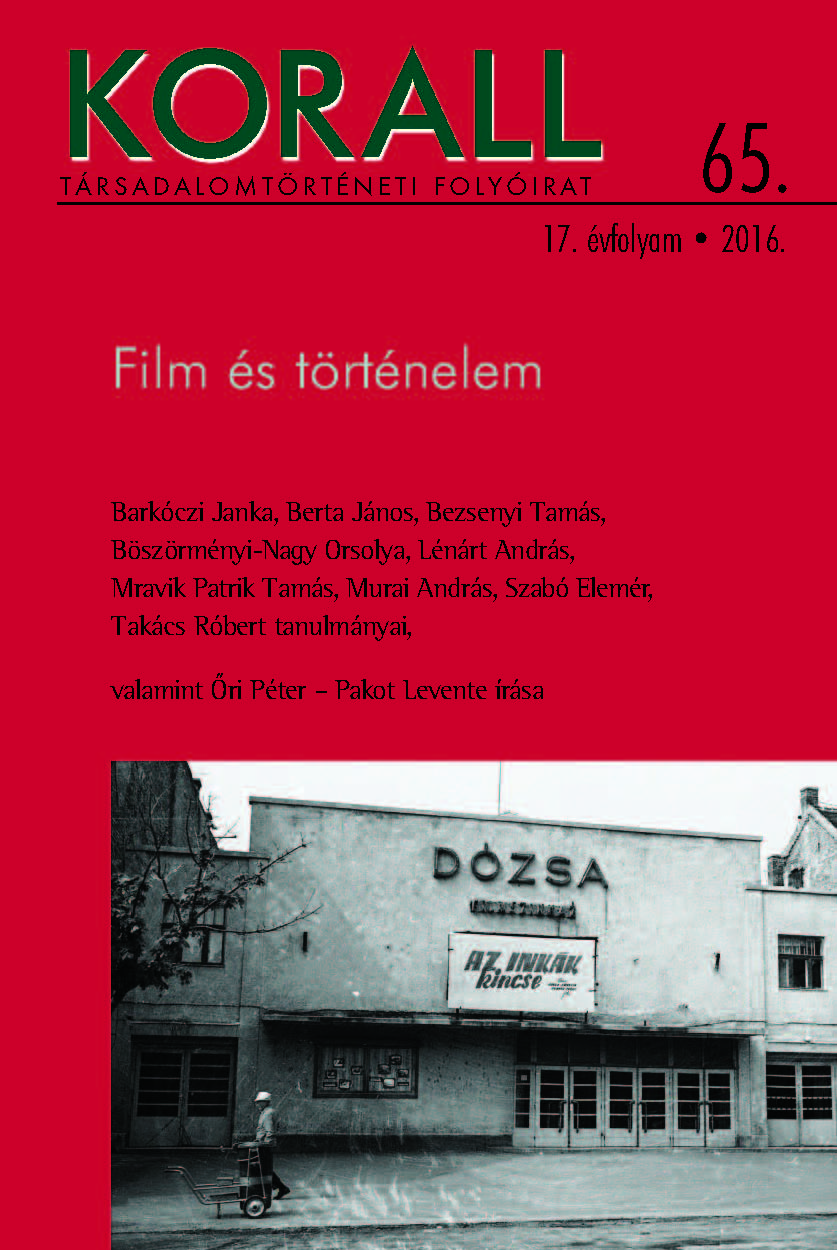Háztartásszerkezet a 19. századi Magyarországon
Household Structure in 19th Century Hungary
First Results from the Hungarian MOSAIC Sample
Author(s): Péter Őri, Levente PakotSubject(s): Social history, 19th Century
Published by: KORALL Társadalomtörténeti Egyesület
Keywords: history;hungarian society;
Summary/Abstract: In the framework of the international MOSAIC project the authors have taken a sample for the historic Kingdom of Hungary consisting of more than 30,000 persons and 6,000 households. Sampling was based on territorial differences and denominational distribution in order to assure (to the extent possible) economic and cultural multiplicity. In the course of this analysis the authors tried to reveal the determinants of household structure. They pointed out that a large majority (around 70 per cent) of households was of simple structure, that is to say consisted of one single nuclear family. At the same time, the percentage of multiple-family households (about 14 per cent) was also considerable besides that of extended-family households (ten per cent). The higher frequency of more complex household forms could be linked to the sex and age of the household heads. Female heads’ and older heads’ higher chances of living together with married relatives was proved both by descriptive statistics and multivariate analysis. This result shows that household structure was a dynamic phenomenon which changed considerably over time. Socio-occupational status appears to be a decisive factor. First of all, landowner status was linked to a much higher frequency of more complex household forms, which can be explained by the higher labour force demand of farming compared to other professions. Multivariate analysis confirmed the marked regional variety concerning household structure, but altered the weight of one or another region somewhat, thereby revealing the role of composition effect. Denominational differences remained in the course of the multivariate analysis, but the odds ratios showed weak effects. Considering the results with respect to the Hajnal model further conclusions can be drawn. First and foremost, strong spatial differences do not follow a West–East axis. Second, the decisive role of occupation and social position, the possible role of farming and land use, and subsequent and varied labour force demands of households (besides ethno-cultural features) can be all considered new evidence. This confirms the necessity of searching for alternative approaches to better understand the mechanisms and influencing factors of household formation.
Journal: Korall - Társadalomtörténeti folyóirat
- Issue Year: 2016
- Issue No: 65
- Page Range: 164-192
- Page Count: 29
- Language: Hungarian

